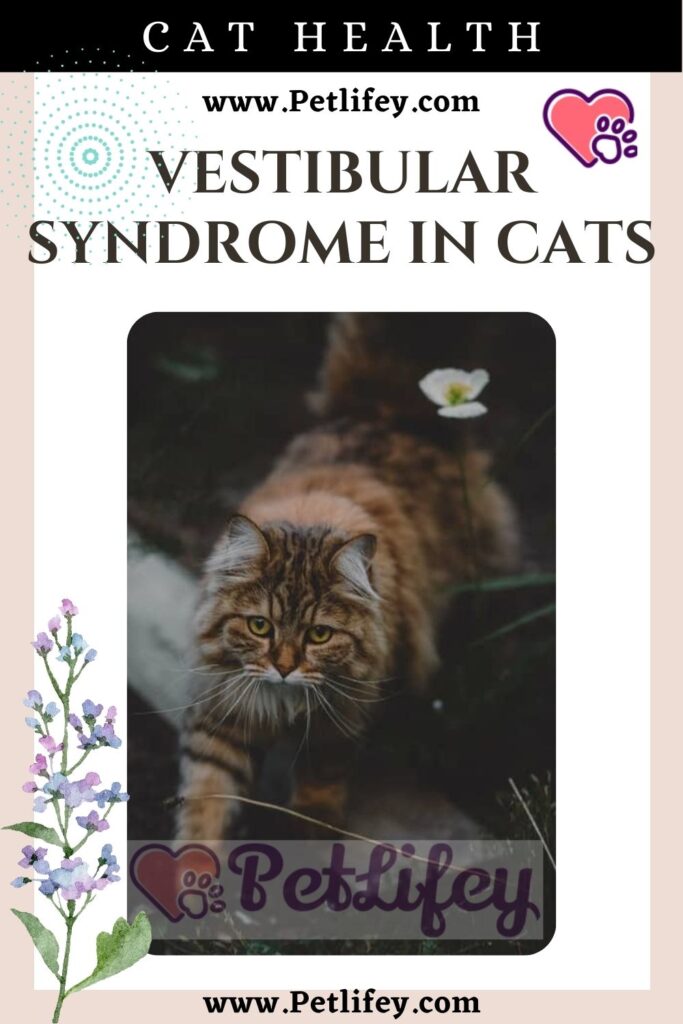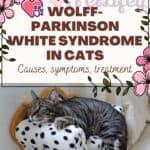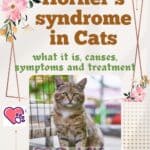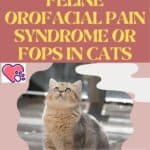
MEANING OF DISEASE:
The vestibular system in cats helps to keep them upright in relation to gravity and the ground. It controls the muscles of the eye so that it can focus the images, and manages the movement of the cat to keep it in balance. Consisting of three semicircular canals of the inner ear. Within these channels there are hair cells that perceive movement, this system connects directly to the vestibular nerve. We can distinguish between a central and a peripheral portion of the vestibular system. The inner ear and the vestibular-cochlear nerve make up the peripheral portion, while some areas of the brain and cerebellum are included in the central vestibular system.
SYMPTOMS :
Peripheral vestibular syndrome is the most frequent form and is caused by problems affecting the inner and middle ear, such as otitis, or inflammation of the ear caused by foreign bodies (usually forasacchi), bacteria, fungi, Inflammations (encephalitis, meningoencephalitis), Infections (distemper, toxoplasmosis, neosporosis, cryptococcosis), Hypothyroidism.
Typical symptoms of vestibular syndrome include significant head tilt (usually to the side of the affected ear), uncoordinated walking, dizziness, loss, and nystagmus (repetitive back and back movement of the eyes). Many cats appear to have nausea and disorientation. The animal may have a drooping ear, dropped eyelid and facial malformations.
CAUSES OF DISEASE:
Vestibular syndrome in cats can develop suddenly and without previous symptoms. Usually in elderly cats it is more frequent especially in the summer months when the rates of parasitosis increase.This syndrome is very often idiopathic, that is, without evident preceding signs, but it can be found a higher frequency in subjects suffering from severe otitis and parasitosis of the inner ear.
DISEASE DIAGNOSIS:
Based on the patient’s complete medical history, the veterinarian will be able to proceed with the diagnostic tools. An X-ray can be useful to highlight any problems in the tympanic bubbles, always to be performed under sedation. A CT scan, an MRI scan or a cerebrospinal fluid sampling will also be able to reveal the presence of central causes, for example tumor masses.
THERAPIES :

In any case, it is important to maintain good hydration through drips of rehydrating solutions, while continuing to monitor blood pressure. Especially if the cat has vomiting, specific antiemetics should be administered, usually those recommended in case of car sickness.In case of ear infections, antibiotics or antifungals should be administered. For this reason, it will be necessary to take some material from the ears and examine it to understand what the infection is, planning the most exact therapy. If there are any foreign bodies present, they will definitely need to be removed as soon as possible.






